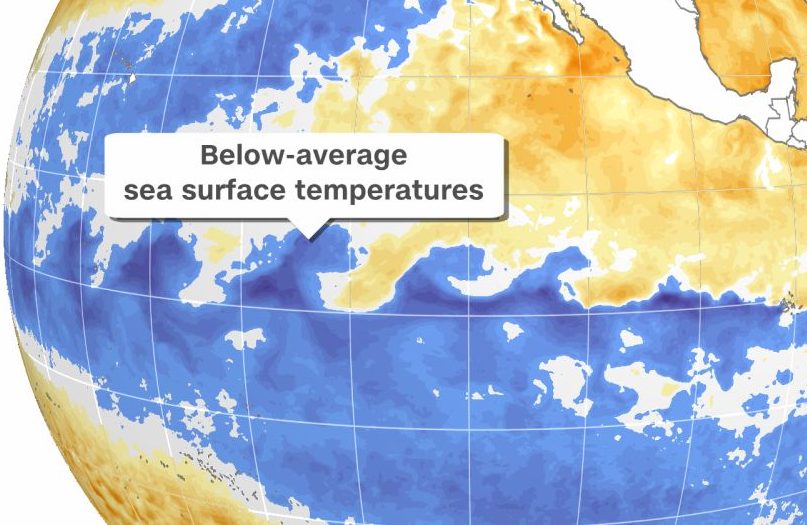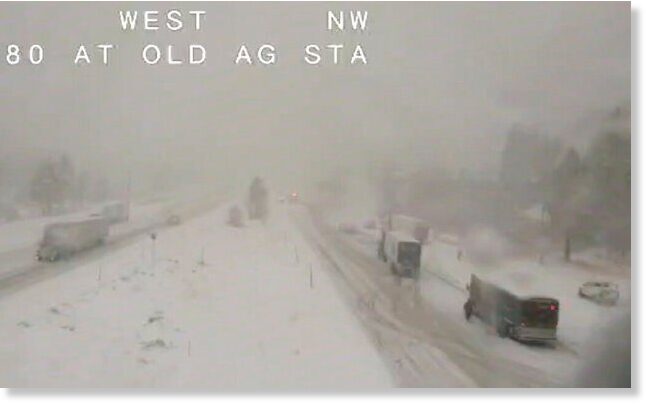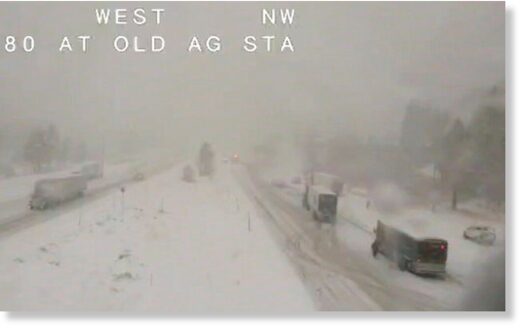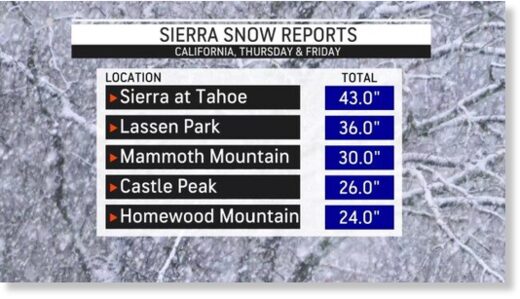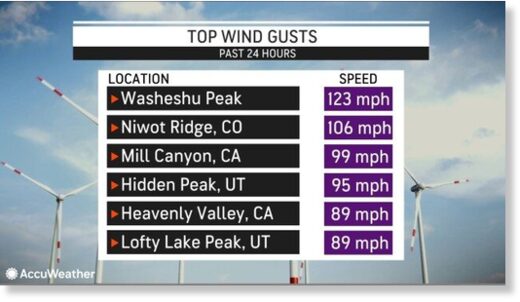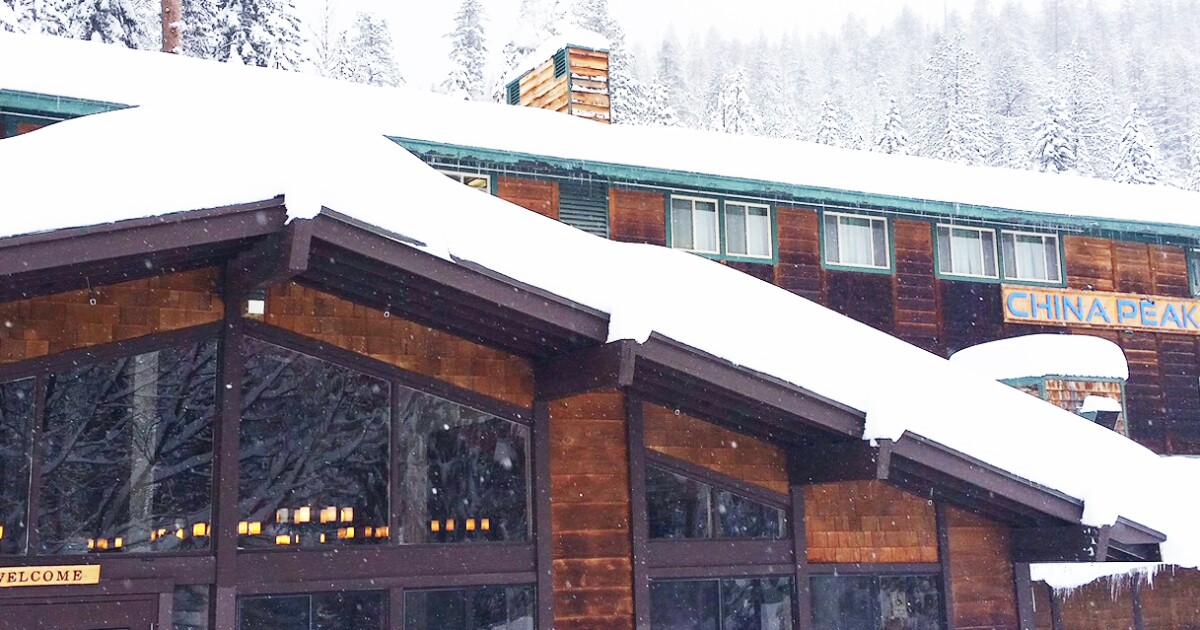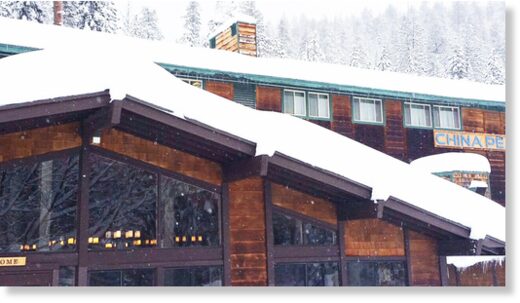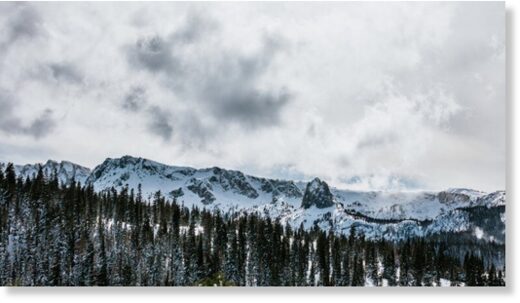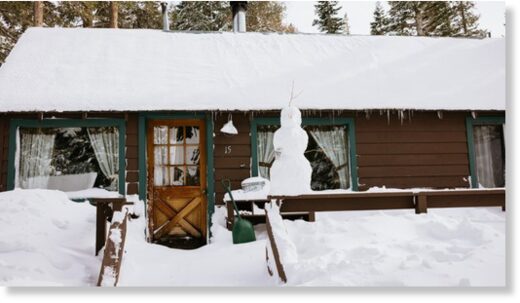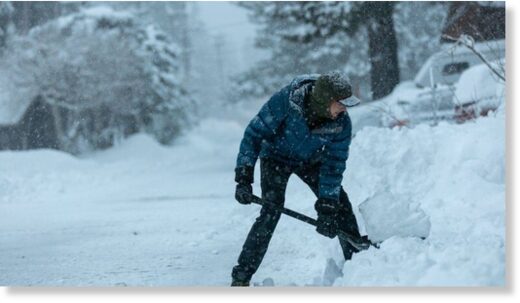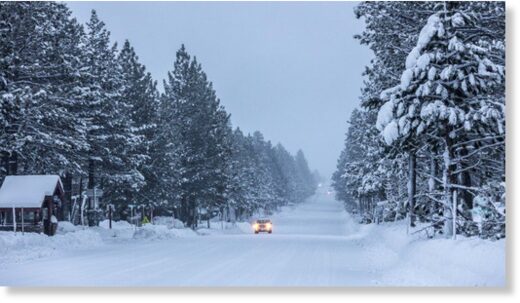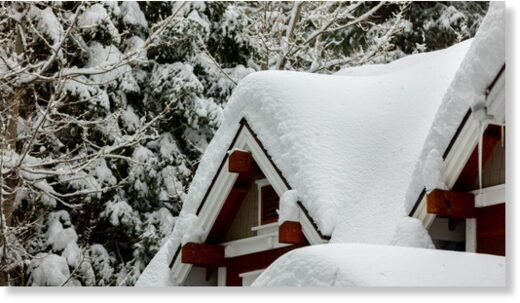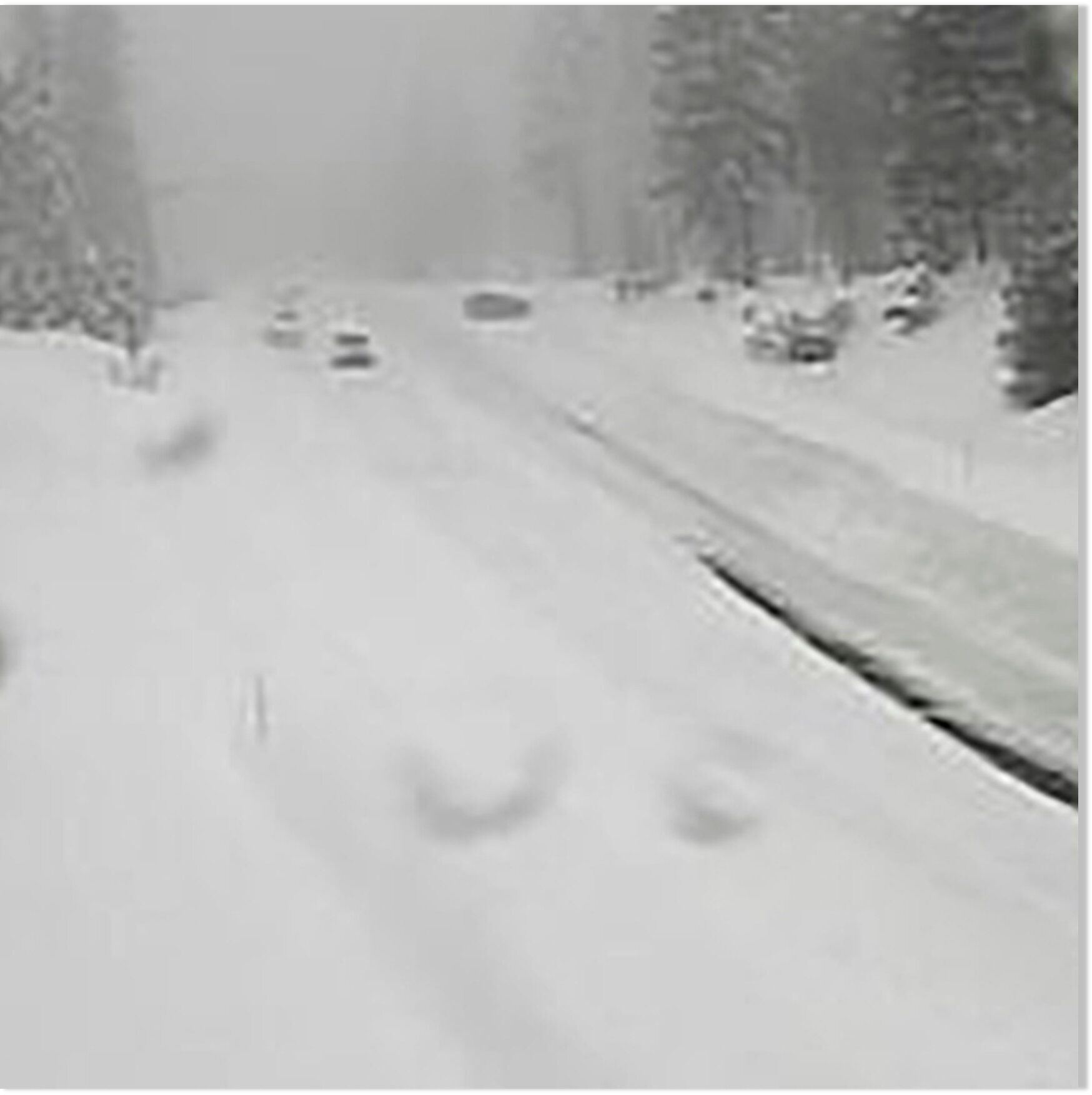Winter storm pummels western US with heavy snowfall - 5 FEET of snow in 48 hours at Soda Springs, California

© Caltrans
The storm is expected to reach the Great Basin and the Desert Southwest by Monday, the Weather Service said.
A large winter storm system slammed into the western US over the weekend, blanketing mountain areas with heavy snow before taking aim at the South, where it's expected to bring severe weather, with strong winds, hail and tornadoes possible.
More than 15 million people in 14 states are under some sort of a winter weather alert as the powerful storm moves across the county.
The storm already brought avalanche warnings to parts of the West, shuttered major highways as conditions became icy and triggered flood watches.
The storm blanketed some mountain areas of drought-parched California with thick snow, including Soda Springs in the northern part of the state, which received 60 inches of snow in 48 hours.
A multi-day severe storm threat begins Monday for parts of the South and southern central US. A slight threat for severe weather has been issued for parts of western and central Kansas and Oklahoma into northwestern Texas.
The threat does, however, strengthen as the system heads east Tuesday, likely impacting a large swath of the Lower Mississippi River Valley. Areas including Baton Rouge, New Orleans and Shreveport in Louisiana and Jackson, Mississippi, could see tornadoes, high wind gusts and damaging hail.
Additionally, the
National Weather Service in Denver forecast whiteout and blizzard conditions for Tuesday in parts of the plains in Colorado.
To the east, residents in Fargo, North Dakota, are expected to see snowfall over 6 inches and will be under a winter storm watch from late Monday night until late Wednesday night. Duluth, Minnesota, could also see 6 inches of snow and will be under a winter storm watch starting Tuesday morning.
Though the storm is walloping some areas with severe weather, it's forecast to track across drought-stricken areas, bringing much needed relief - including to the
Mississippi River Valley area, where excessive rainfall is possible Wednesday.
'It looks a lot like Christmas out here'
In the Sierra Nevada, snow pack totals are already above average, according to the National Weather Service in Reno.
Winter storm warnings were in place overnight for the Sierra Nevada Mountain Range, where an additional foot of snow could fall in the highest elevations before 4 a.m.
The storm already made for icy and dangerous conditions on key roadways, with authorities on Saturday
closing down a long stretch of Interstate 80, from Colfax in Northern California to Stateline, Nevada, due to "blowing snow & near-zero visibility," Caltrans said on
Twitter.
The Tahoe Basin and the Eastern Sierra are seeing snowfall totals that are typically recorded later in the winter, in January.
"The snowpack is about 225% of normal, so it's more than twice what we'd be expecting this time in December," said Mark Deutschendorf, forecaster at the National Weather Service office in Reno.
"It looks a lot like Christmas out here," Deutschendorf said. "It didn't come with a lot of wind, and it stuck to everything. It's like a picture postcard."
While he noted the snow totals so far are impressive, Deutschendorf said he is "cautiously optimistic" about this precipitation putting a big dent in the state's drought.
"We had a similar run of storms last year. We had a nice head start, and then January through March were incredibly dry," Deutschendorf explained.
In California, 48 inches of snow fell in Twin Bridges in a 48-hour period, 46 inches fell in Tahoe-Donner, 45 inches in Donner Peak and 44 inches at Palsades Tahoe Ski Base.
"We're Buried," the Palisades Tahoe Ski Resort wrote on its website Sunday, sharing photos of thick snow covering the ski resort in Olympic Valley, California.
"This is definitely a storm to remember.
We've now received 7.5 feet of snow since December 1st. Plus, in just 24 hours from Saturday morning to Sunday morning, we received more than 35 inches of snow — the 6th largest snowfall total in 24 hours that we have on record," resort operators wrote.
And in Southern California, residents were under warnings and watches amid heavy rain and localized flooding.
CNN's Andy Rose contributed to this report.





